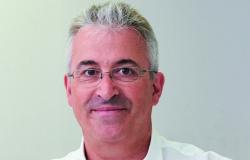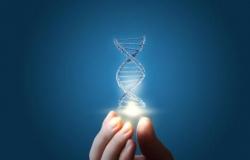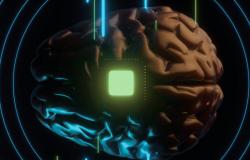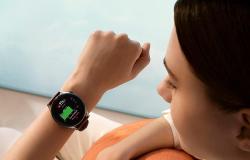New tests will now be offered to these patients to determine whether they are indeed suffering from a rare disease, which, if necessary, will allow them to be treated more quickly.
“Rare diseases are rare in themselves, but collectively they affect approximately one in five Canadians,” recalled Alexandre White-Brown, who is a genetic counselor at CHEO. They are therefore more common than we think. The difficulty lies in identifying patients with undiagnosed rare diseases.”
The ThinkRare algorithm scans CHEO’s electronic health records based on established criteria, a task that would be almost unthinkable without the power of artificial intelligence. It essentially uses two criteria to detect a patient who may have a rare disease, White-Brown said: the symptoms they present and the different specialties they have seen at CHEO over time.
Children flagged by the algorithm are redirected to the hospital’s genetics clinic.
ThinkRare has a perfect record so far: the first three people identified by the tool and referred for genetic testing were diagnosed with a rare disease. The algorithm has also been optimized to avoid as much as possible generating false positives by pointing out patients whose symptoms could be attributable to other sources, said Mr. White-Brown.
“It’s always difficult to have 100% sensitivity and there are always false positives,” he recalled. But with the optimized version of the algorithm, we have less.”
A diagnosis of a rare disease will help clarify the medical management needed, White-Brown added.
This could also have positive repercussions for the patient’s immediate entourage, such as his brothers and sisters who may now need special monitoring.
But most important, White-Brown said, is the peace of mind that a rare disease diagnosis can bring to the patient’s family.
Patients with rare diseases, he added, often want to know whether the problem is due to something that was done during pregnancy or that was not done during childhood.
“They want to know where these symptoms are coming from,” Mr. White-Brown said. Now, with a diagnosis, we can tell them that no, it’s something genetic that was already there, something we can’t change, something we couldn’t predict. But now, with a genetic diagnosis, we can try to improve your child’s life with a little more precise medical management.”
This treatment could make a difference to the point of saving the patient’s life, he recalled, for example by referring him to the cardiology clinic for an echocardiogram or imaging which has now become relevant.
CHEO hopes to be able to share its algorithm with other hospitals that need it, but this would first require adaptation with the coding of medical records in effect in each province, concluded Mr. White-Brown.






